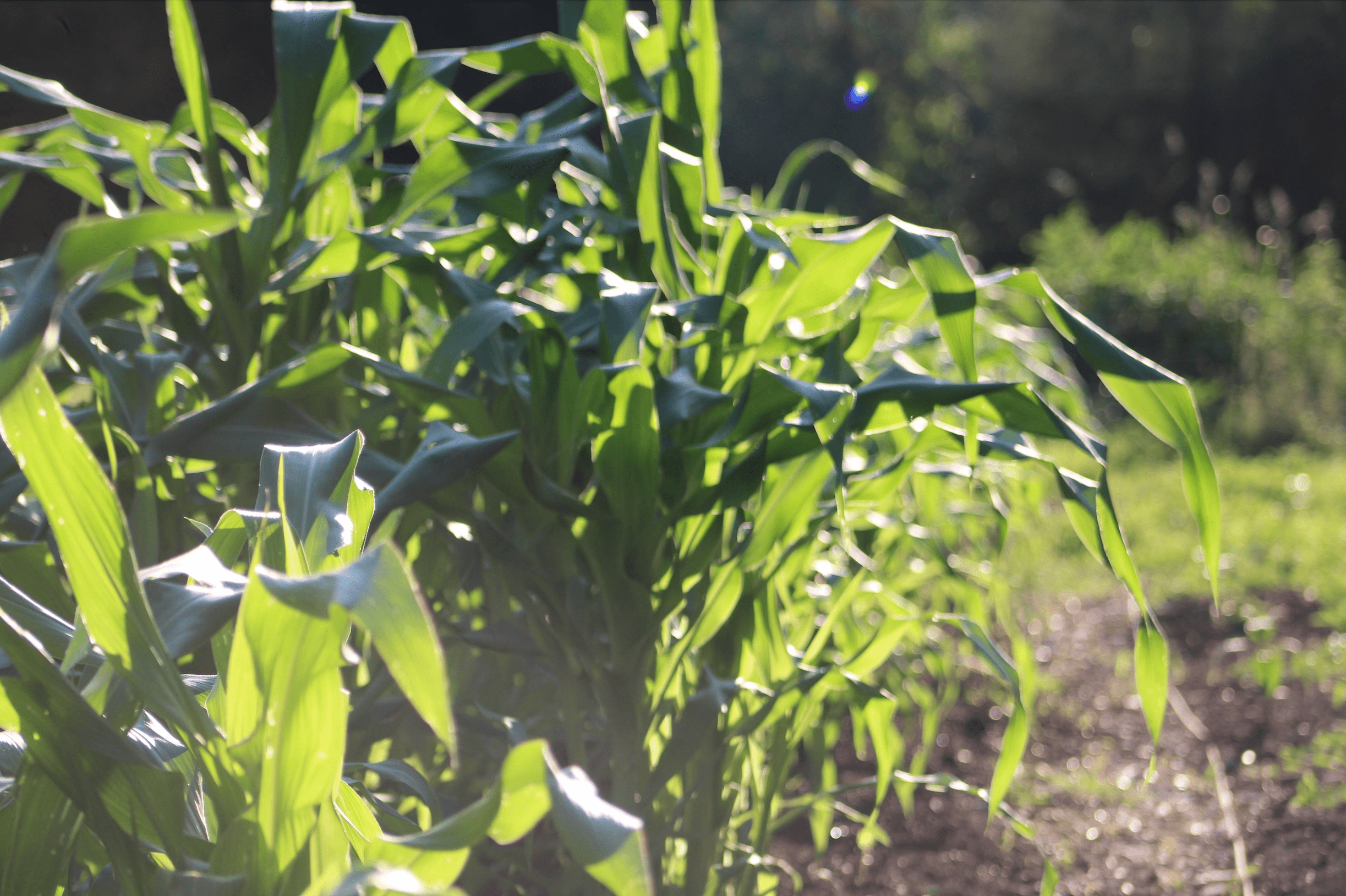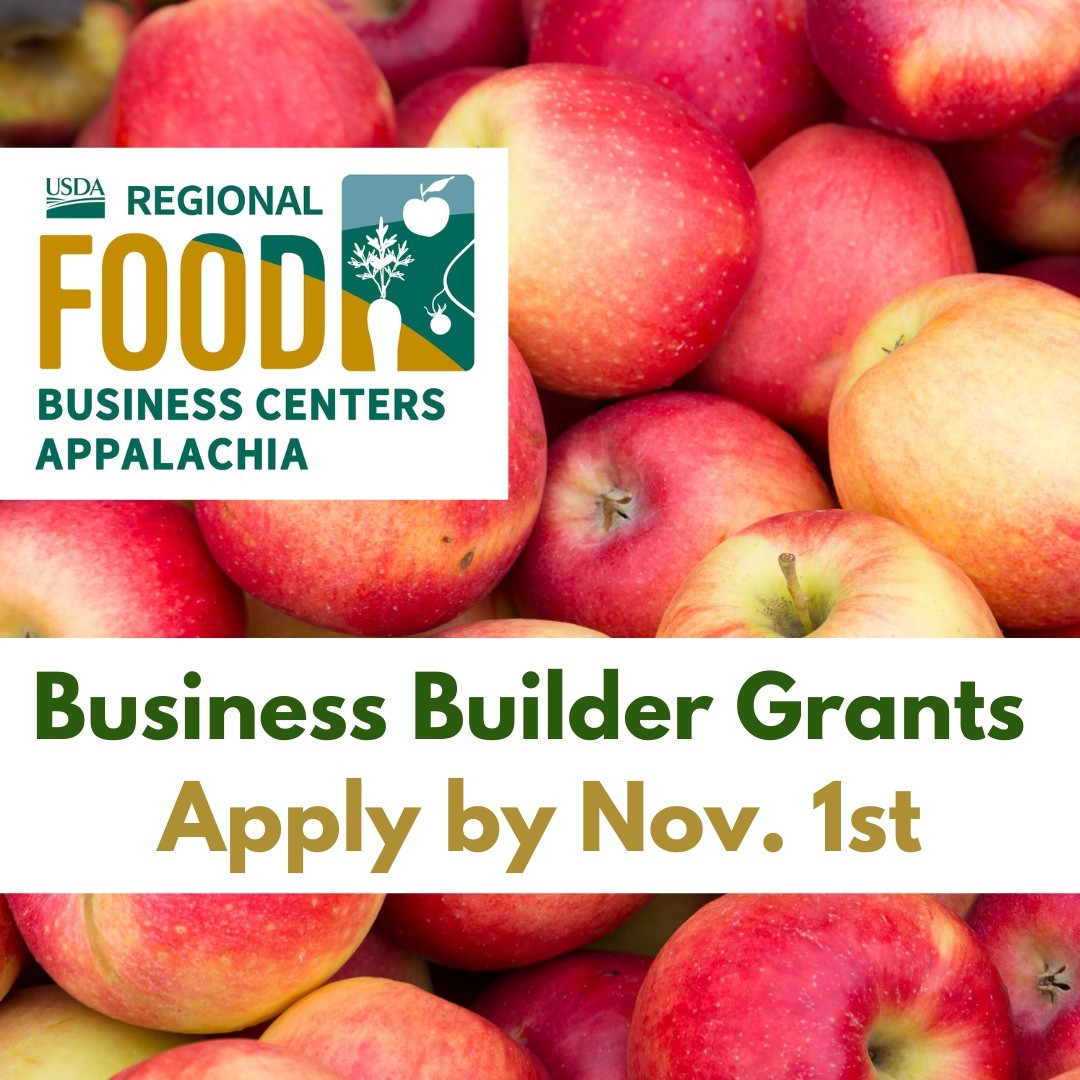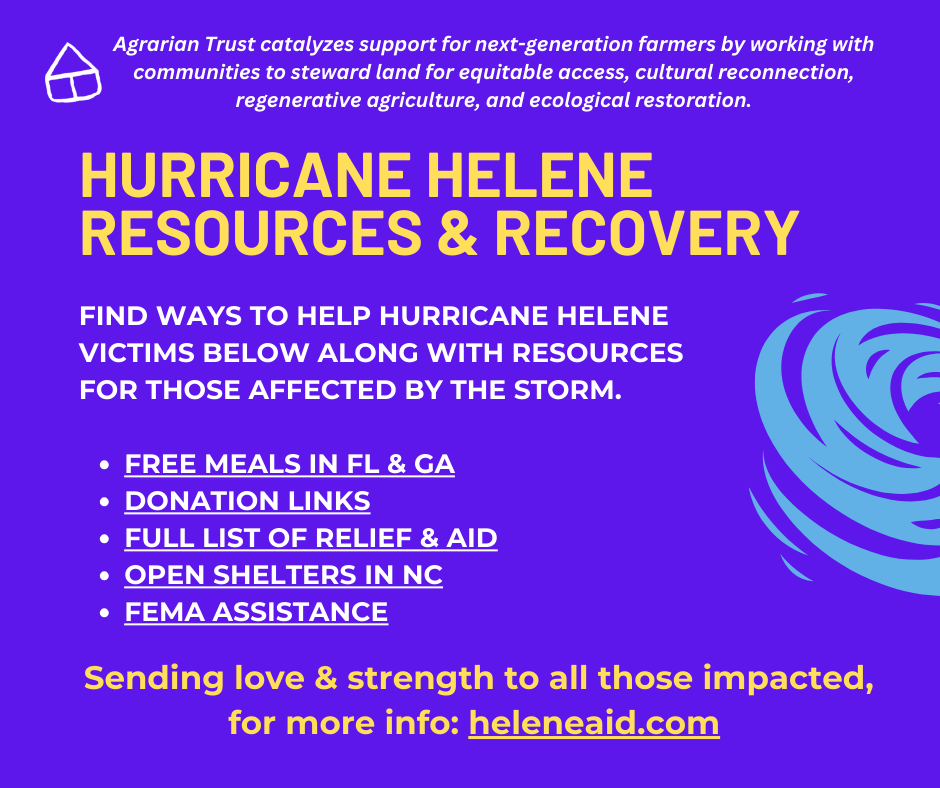By Pamela Dewell, Executive Director of Wyoming Stock Growers Agricultural Land Trust
from the Land Trust Alliance website
Some friends of ours have a ranch that straddles a county road. Unpaved, the road draws traffic mostly in fair weather. In the spring, and after summer thunderstorms, they use their tractor to haul unknowing travelers out of the ditch and through the gumbo back to the pavement. Locals use the main highway when things are wet. But, dry weather incites a stream of outfits which kick up red dust formed in the Triassic era. It sifts through the windows of the house, all over the saddles in the tack shed and powders the plants along the road.
Several generations ago, the landowners granted the access easement to the county. It changed the character of the place completely and with ever-increasing vehicle traffic and all that it brings, it just becomes more and more of a nuisance. More trespass, cattle guards and fences to deal with. Beer cans and trash. And that dang dust! They’ve lost a few good dogs, too.
A few sections of land got sold along the way, as well. Square houses in rainbow shades are scattered randomly across old pasture like so many dice out of a shake-a-day cup. But, my friends nod to knowing it’s what the family thought was the right thing to do at the time. Had to.
Landowners make decisions that affect their family’s future on a daily basis. The ones that last the longest are the ones that convey rights to the land in perpetuity—access agreements, power line and pipeline rights of way, conservation easements and the sale of deeded ground. Most final is the sale of the whole place—that is about as forever as it gets.
The decision to do any of these things is never made lightly and the consequences are felt for generations. My great—great grandfather’s sale of the family shipyard is something I mourned, even though I had never seen it or known him. Ship models and photographs at Mystic Seaport Museum and a small collection of ships’ logs, cargo share certificates and other old paperwork in attic trunks provided a glimpse into a past that I might have inherited but didn’t. My family, New Englanders for over a dozen generations, is no longer where we started. Interestingly, I somehow found myself working with traditional sailing vessels not unlike those built for J.D. Dewell’s Sutton Fleet with some sort of genetic allegiance for 20 years. Then I moved west.
Here in Wyoming, I have had the good fortune to make many friends in the ranching business. Some are lucky enough to be on the same place as their homesteader forbearers. Others, many of them graduates of UW’s ag college, search for ways they, too, can get back to something their ancestors gave up.
As Americans, we place great value on many of the rights we enjoy, especially those concerning private property. In our ever—changing world, where the only constant is change, new threats to the home place continue to surface. And so do new opportunities.
The price of beef is down. The value of wildlife is up. And whoever would have imagined trophy ranchers and second homeowners would drive the real estate value of a working ranch out of the hands of anyone not lucky enough to inherit? Or able to pay the taxes even if they did?
The opportunity to raise capital sometimes comes at the cost of severing all the rights to some – or all – of the family property. Conservation easements can facilitate the transfer of just some of the rights to all, or a portion, of the property. I think of it as having the choice to divide property along shallower, horizontal lines rather than an all-encompassing vertical split. Is one better than another? Only the landowner can make that decision: each family situation, each ranch—and the land ownership and patterns of use which surround it—are different.
As each generation of our respective families has learned, things change. New choices become available…or are necessary.
Landowners throughout the country have increasing new opportunities to earn income for “ecosystem services” —the provision of shelter and forage for wildlife, watersheds allowing the unfettered return of water into the creeks and rivers they feed, and of course the wide-open spaces that define the west. While ranchers and farmers have always provided these natural resources, the idea of the public supporting the agricultural operator’s effort and ability to do so is a recent phenomenon.
The sale of a conservation easement is a mechanism to provide such income through the use of funds dedicated for those purposes. The donation of a conservation easement can help ranching families with the transfer of their land-rich, cash-poor wealth. Many families choose to do a combination of both, which we refer to as a “bargain sale.”
Our land trust is currently working with three families in two different parts of our state on such bargain sales. They all descend from original Wyoming homesteaders, they all make their living through the production of cattle and hay, the sale of minerals they own, and the grant of access to sportsmen and energy companies. They all are keenly committed to keeping their property in agriculture. They cannot imagine it ever being used for anything else. Two of the families want to reduce the estate tax burden for their children. One of them has no heirs.
What will they do with the cash? The family with young children is looking forward to paying down a bank note. Coming from a large family themselves, they have worked hard and taken on substantial financial risk to strike out on their own. Another family looks forward to maintaining their family’s ranching legacy—a legacy which dates back to territorial times—and adding some additional acreage between their place and a rapidly expanding sub—division along the forest boundary.
The third family has no heirs. With very deep roots in and a keen understanding of their county’s history, along with an appreciation for all of the resources their place provides—excellent pasture and hay ground, natural gas, trout fishing, migration corridors, winter range and breeding grounds for many species—they are dedicated to keeping it intact and utilized in this way into the future. They would very much like to see it passed along to a young working rancher in the future. By removing the potential for development on their acreage in the most rapidly expanding county in the state, it brings that desire closer to reality by ensuring the land is valued only for agriculture once they are gone, and not at full market value for its appraised “highest and best use”. The cash component enables the consideration of retirement.
As is the case with fellow agricultural land trusts, the Wyoming Stock Growers Land Trust cannot keep up with the current interest in and demand for purchased easements, even at a bargain sale. An ever-increasing number of landowners believe a conservation easement is a tool they can use to the benefit of their family and their operation. Are they for everyone? No, but I can’t think of anything that is. Thankfully, we have choices.
This column appears in the Fall 2009 edition of Cow Country: The official magazine of the Wyoming Stock Growers Association.
Visit www.wsgalt.org for more information.




